Cappadocia is a magical city, it’s like a city from a movie or tale. Cappadocia was formed by erosions of volcanoes from Mount Argeus, Mount Hasan, and Mount Gullu, the lava, rain, and wind formed the geological formation of this amazing city.
This city combines history, nature, and beauty, as historically people used the soft stone in Cappadocia to form shelters underground and in the mountains. The soft volcanic rocks, rock cut churches, and underground tunnels, make Cappadocia a unique city for adventure.
Other than the famous hot air balloon tours, what can you do in Cappadocia?
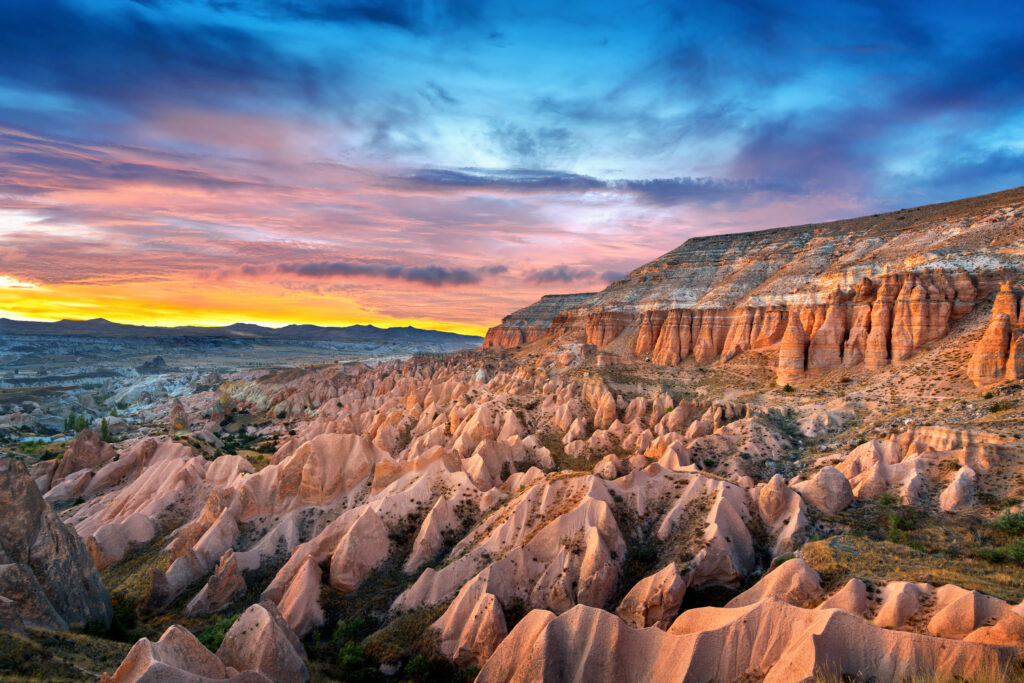
-
Rose Valley
If you love outdoor activities, the Rose & Red valleys are incredible hiking trails in Cappadocia, it only takes 2-3 hours to complete but is full of beautiful nature and historical sights. On your hike in the Rose Valley you can see Anna Johachim Church and Direkli Church and enjoy some of the history. Then you can walk towards Red valley where there is a café with panoramic view points. Once you reach the café you can relax, take some pictures, enjoy the view, and then walk down into Red valley, there you can see another church called the Uzumlu church and there is another café there.
You do have to be careful on this hike and you may want to ask a tour guide to help you as some of the markings are wrong. You can also take a map with you to make sure you’re on the right way.
Also make sure to wear comfortable shoes, maybe a hat or sunglasses, and wear sunscreen. Take some water and snacks to make sure you are hydrated and energized through your hike.
You can go hiking anytime of the year, but we believe autumn or spring are the best times since its not too hot.
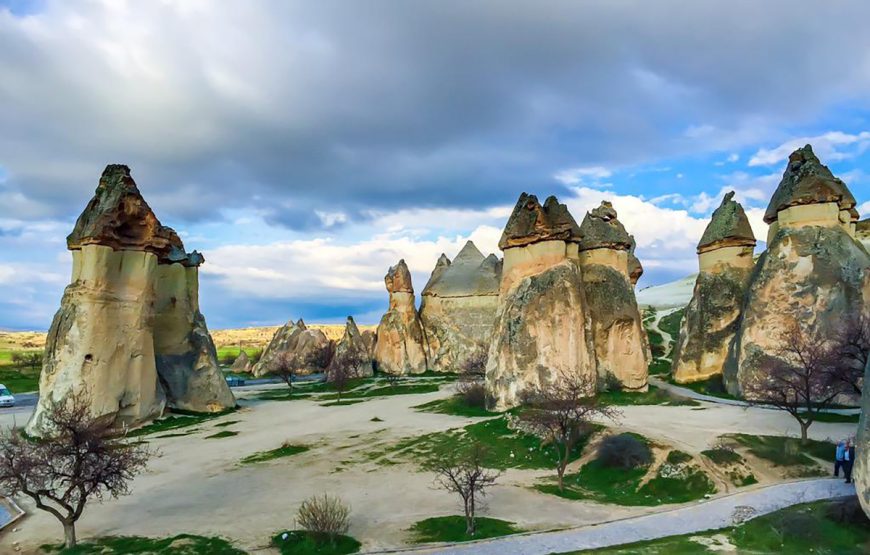
-
Fairy Chimneys
With a combination of volcanic eruptions covering the region with black ash solidifying to soft rock, and natural forces like wind and water, the fairy chimneys were formed. These rocks stretch as far as 130 feet high and cover the lands of Cappadocia. When the sunset or sunrise hit these chimneys, the scene is breathtaking.
You can also see mushroom shaped fairy chimneys which is a miracle of nature. There are thousands of fairy chimneys covering Avanos, Urgup, Uchisar, Soganli valley, Zelve, and the village of Çat. You can see all this natural beauty from a hot air balloon tour.
Fairy chimneys isn’t just a historical site or a form of nature forming beauty, it also has a cultural meaning as some tales were told about them which can be heard from locals. One of the legends go like this: “There was a hardworking peasant who worked in the village of Goreme, he went to the garden to harvest but he was tired, so he collapsed next to a fairy chimney. He was worried about his crops being destroyed by birds or a flood, and that’s when he was startled by fairies emerging from the chimneys holding torches. The fairies harvested his crops and grapes and transported them to the storage room and vanished. He thought he was dreaming or hallucinating, but the fairies continued to help him throughout the coming days. Everyone was surprised with how much abundance the old man had. The old man passed away keeping his little secret.”
So, if you want to enjoy Cappadocia at its fullest, you should definitely see the fairy chimneys.
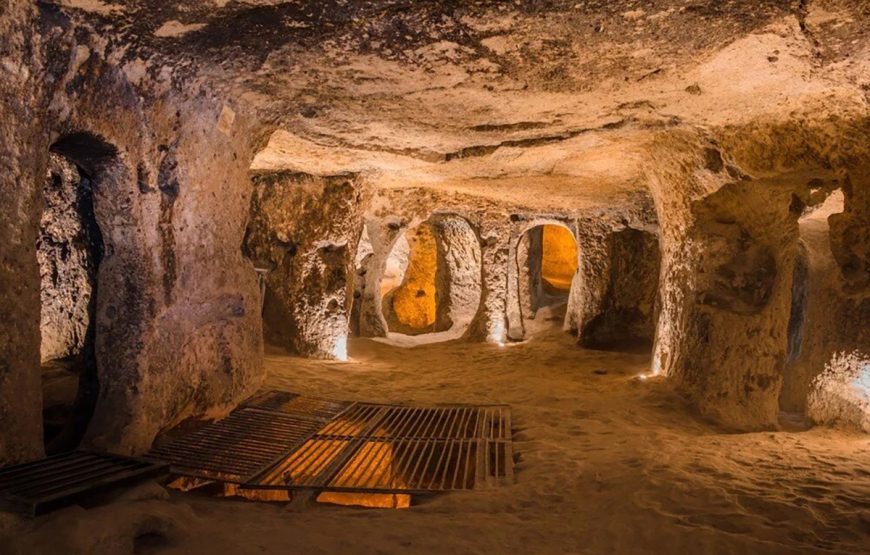
-
Underground cities
Many Christians fled to Cappadocia for safety and peace. The Mongolians were a threat to Christians in the 14th century during the assaults of Timur and in the 20th century the Ottoman Empire were persecuting people too, and so the caves in Cappadocia provided Christians with a haven.
The underground cities were abandoned in 1923 and rediscovered in 1963. One of the most famous underground cities in Cappadocia is the Derinkuyu underground city. It was built during the Byzantine era where people would hide there to protect themselves from the Arab-Byzantine wars between 780 and 1180 CE. The city has many different levels, passages, and caves. It could shelter around 20,000 people and livestock and store food. This underground city is 60m deep.
Even though it was an underground city, people still lived there normally. There are win cellars, stables, chapels, and even a large room with vaulted ceilings which is believed to be a school. The Derinkuyu was even connected to other underground cities!
Another well-known underground city in Cappadocia is named Kaymakli (Anciently named Enegup). Kaymakli was also an underground city during the Arab-Byzantine wars, the underground city kept getting expanded making it the widest underground city in Turkey. However, it is still much smaller than the Derinkuyu underground as it only fit 3500 people in comparison to 20,000 in Derinkuyu.
Kaymakli was opened in 1964 and became one of Unesco’s world heritage sites in 1985. It goes 8 levels deep and lies 20m below the ground. Like Derinkuyu it had storage rooms, stables and a church. They also had communal kitchens where people made food together and served it to the whole population. People living in Kaymakli has boulders which could be used to protect themselves from any attacks, they also marked the walls with red arrows which take you down and blue arrows which bring you back up.
You can book a tour to Cappadocia that offers many different activities from seeing the underground cities, seeing views, experiencing the open air museum, pottery classes, and more. Check out our complete 3 day tour!
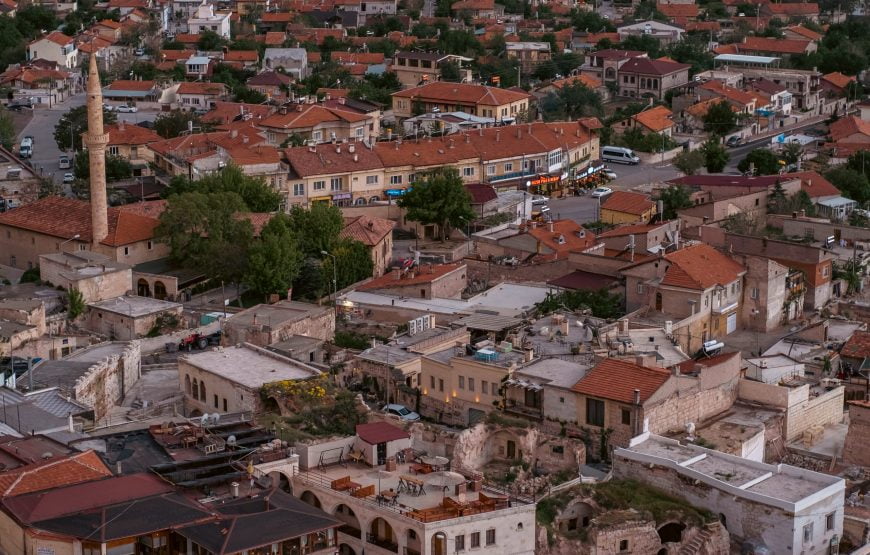
-
Avanos or The Town of Avanos
Avanos only has a population of 12,000 people. It is a little town on the banks of the Kizlirmak river (red river), the longest river in Turkey.
One of the most popular activities in this town is pottery-making and ceramic making! It also has some good hotels, restaurants, cafes, and shops.
Locals use red clay which they collect from the riverbanks for pottery making. The red clay is excellent for household items, roof tiles, and building blocks. You can either watch people making pottery or join a class and make your own pottery.
You can also visit a fascinating unusual museum called the Chez Galip Hair Museum of Avanos, you can see around 30,000 pieces hair with different colors. Each piece has some information of the person the hair comes from like their name, when they visited, and their hometown. Although this museum may seem weird, it has a sad story behind it. It is said that a local pottery master fell in love with a woman, the woman left town breaking his heart, and so he took a lock of her hair and pinned it to the wall, establishing the hair museum. The museum is actually In the basement of the Master’s shop solidifying the story.
If you are visiting Turkey, you have to go to Cappadocia for at least a few days to explore around. The magical nature, the historical sights and culture make it a wonderful place to immerse yourself in Turkey even more, after all Cappadocia isn’t just hot air balloons and nice hotels. There is also so much more to do that we couldn’t cover in the blog. You’re visit to Cappadocia will not disappoint you!


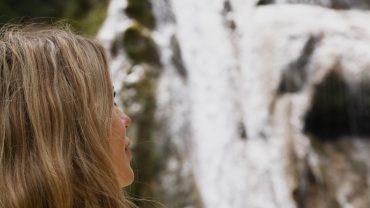
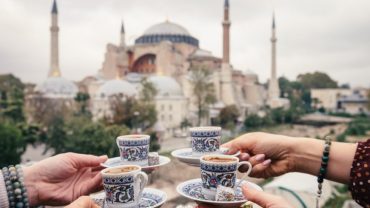
Comment (0)